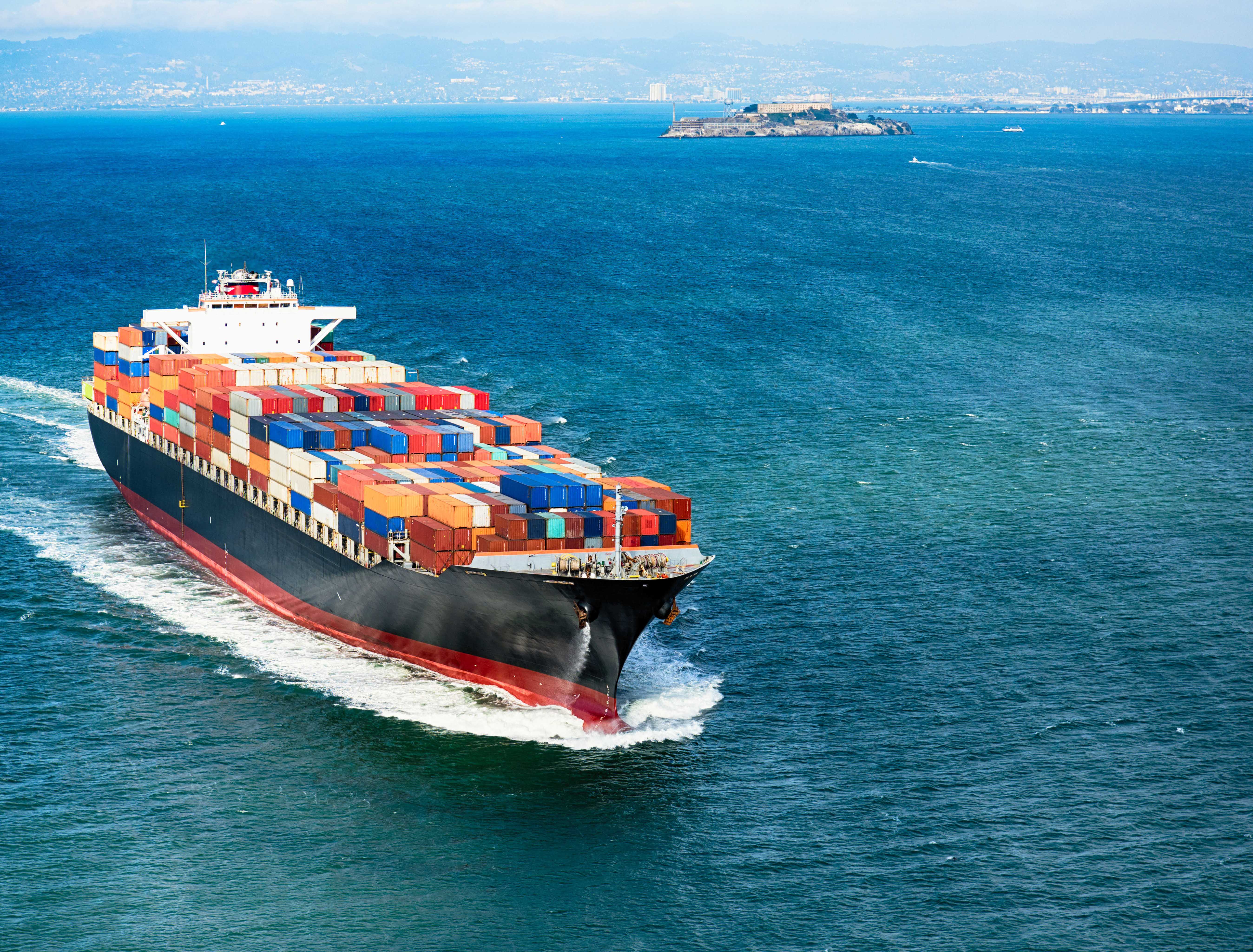Selective Catalytic Reduction
More engine manufacturers and ship owners are looking towards the SCR as a means to reduce the NOx emissions. The traditional approach to controlling the SCR is by means of the engine load signal, where the amount of urea injected into the SCR is controlled as a function of the load. An alternative and cost efficient approach is to install a marine emission sensor after the SCR and feed back the NOx signal to the urea dosing controller. This way you can control the dosing of urea more accurately and obtain a better transient performance as the regulation is based on the exhaust out of the SCR. In addition, the sensor can measure an ammonia slip and thereby issue a warning, which will prevent damage to equipment further down the stack.

Solutions
Learn more about our solutions for Selective Catalytic Reduction

Case
Yanmar: Cost efficient Selective Catalytic Reduction process with marine emission monitoring
Yanmar, global provider of marine diesel engines, has throughout a long-term partnership, tested NOx, SO2 and NH3 sensor, MES 1001, in a closed loop application for its Selective Catalytic Reduction (SCR) technology.

